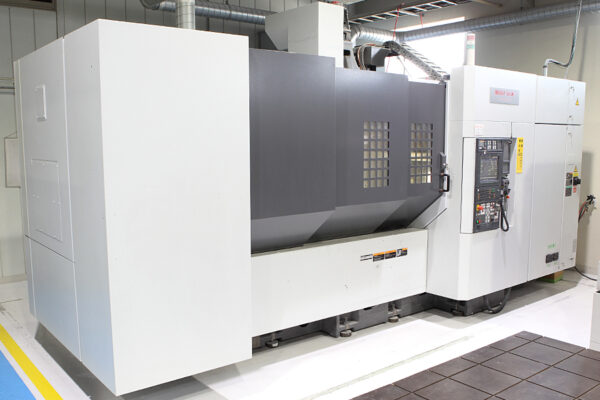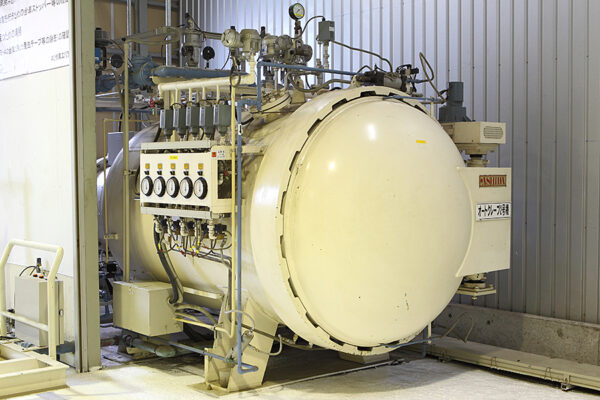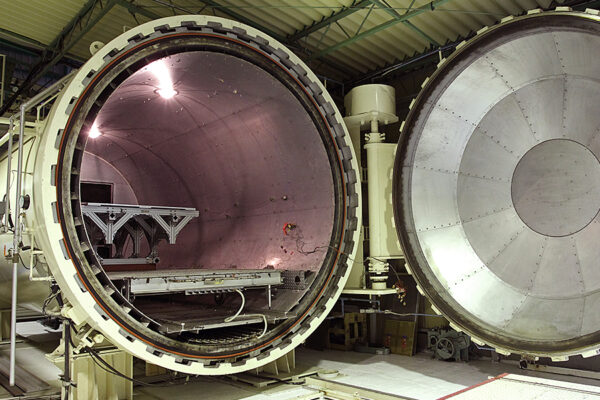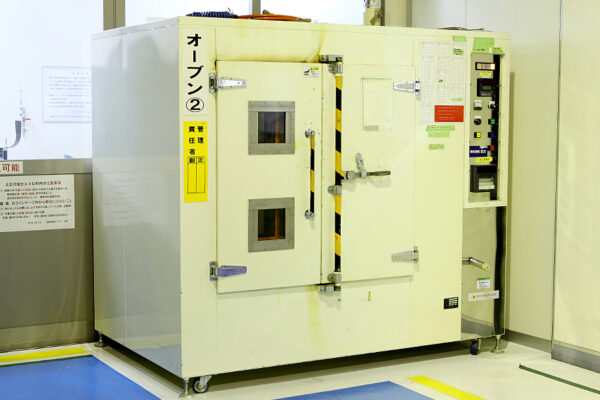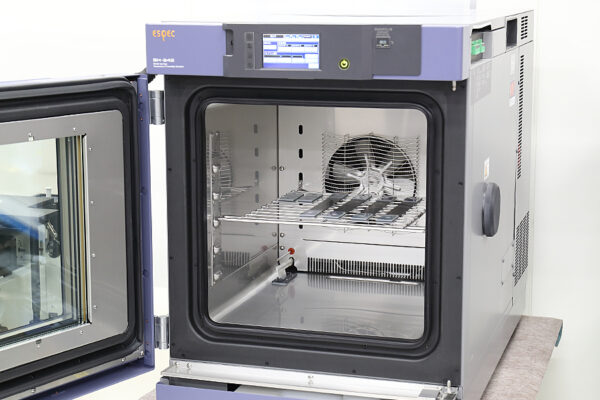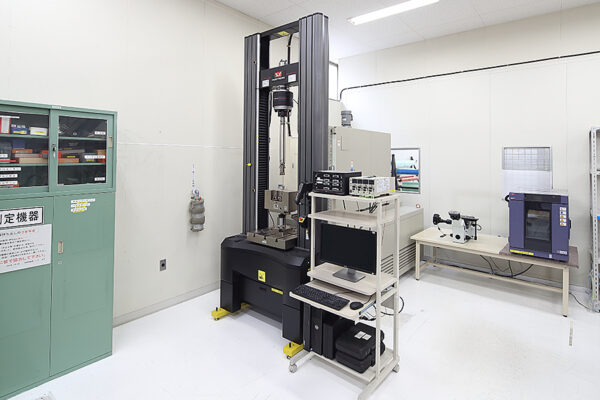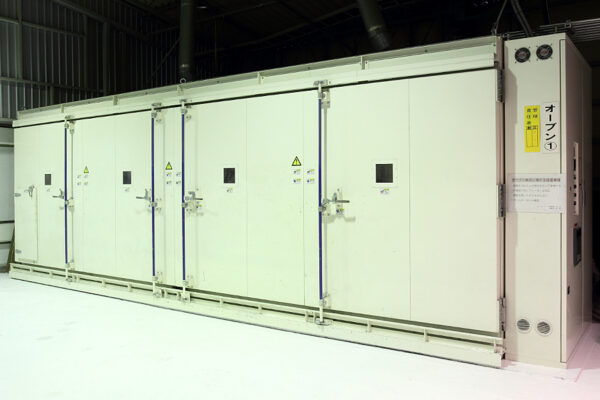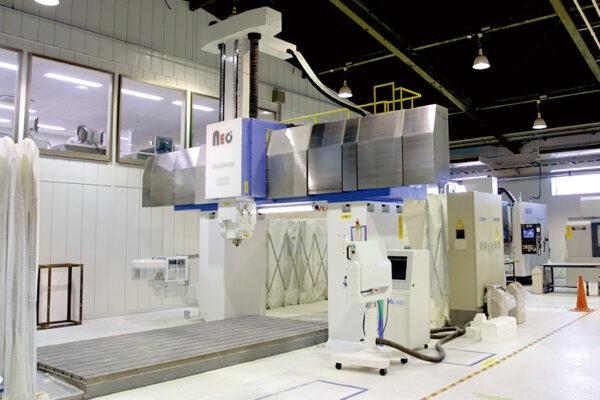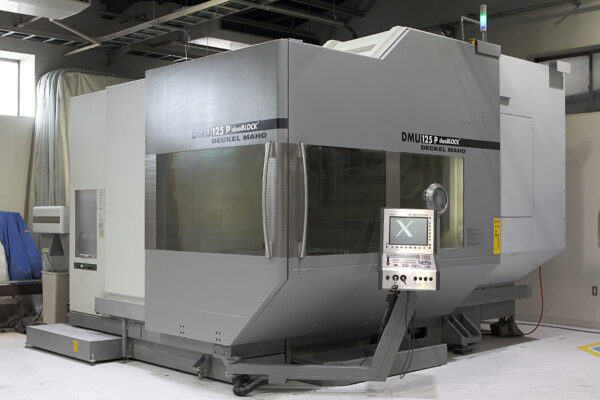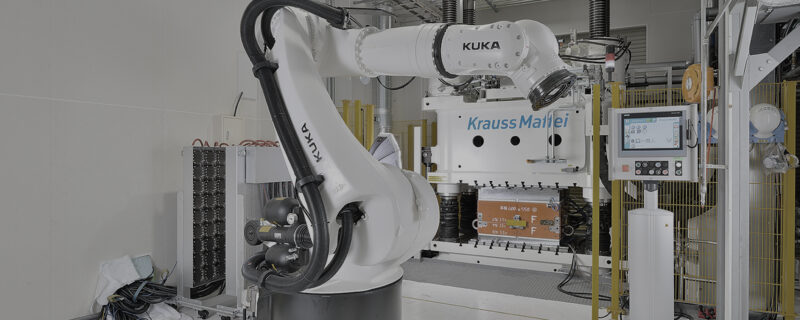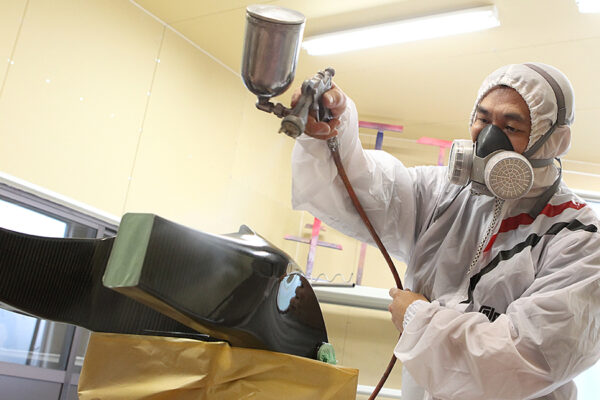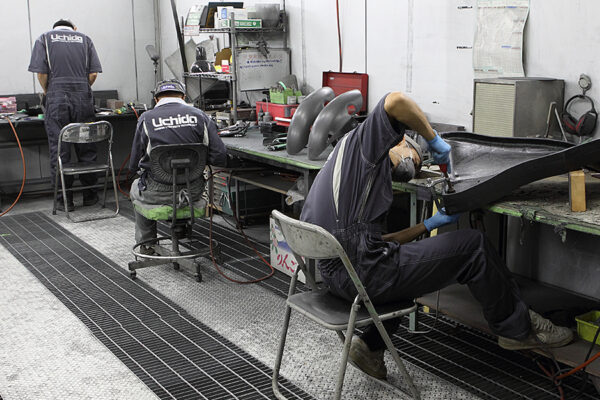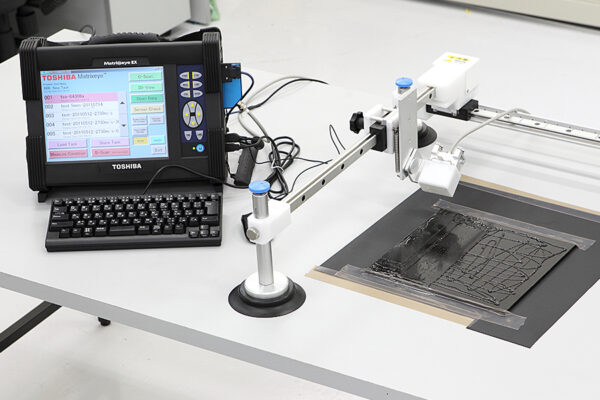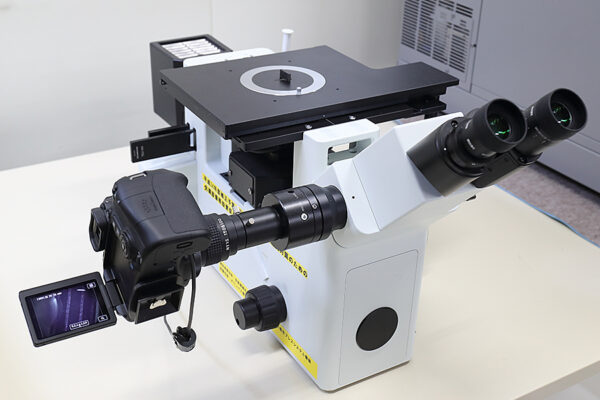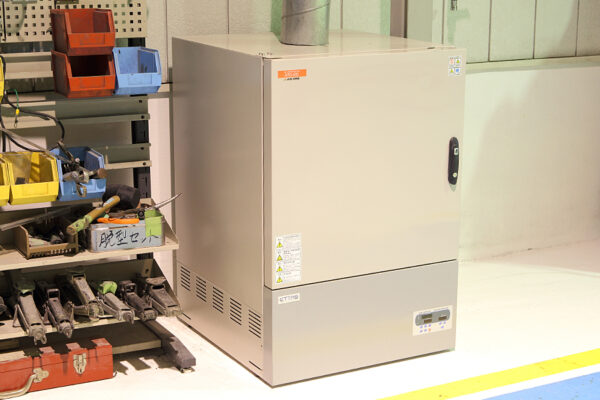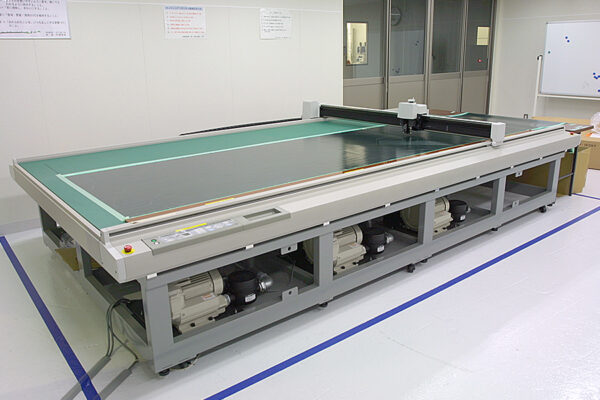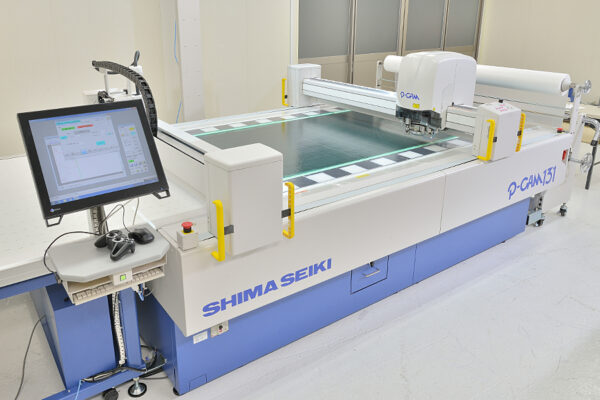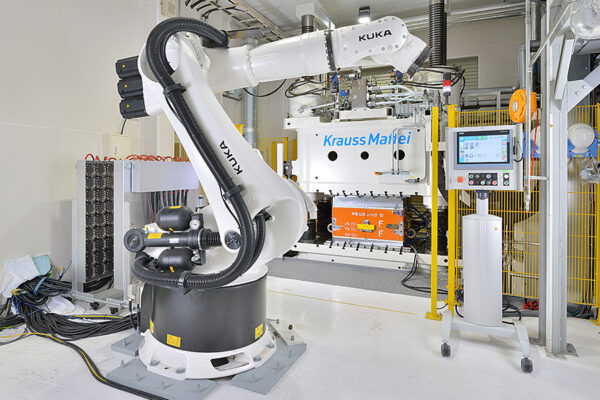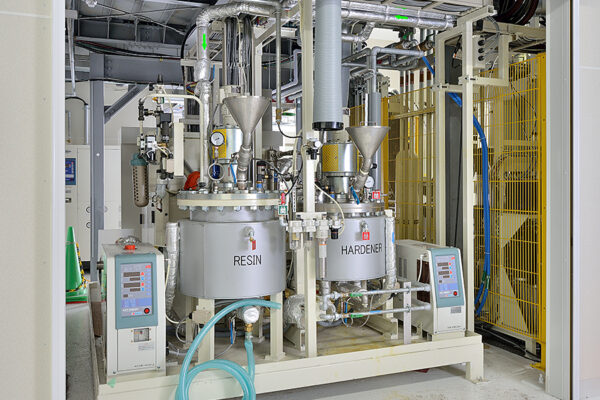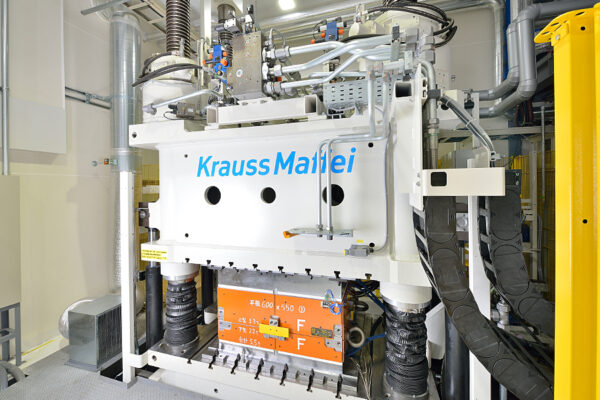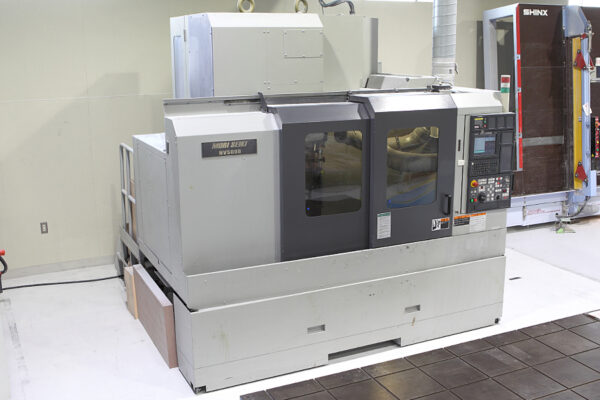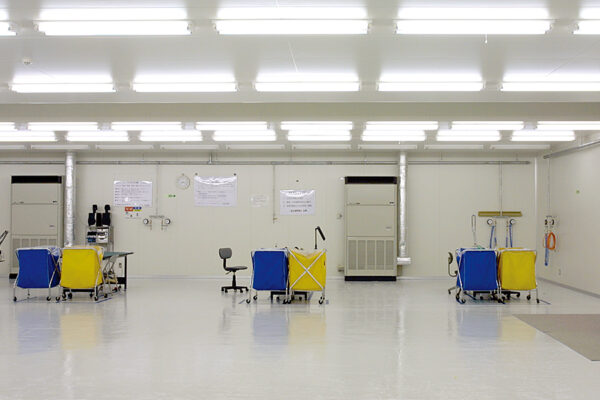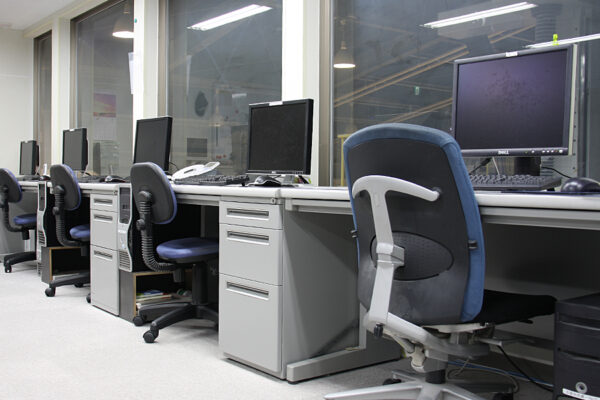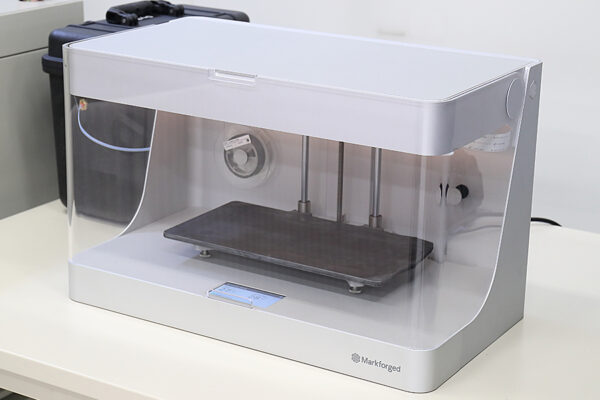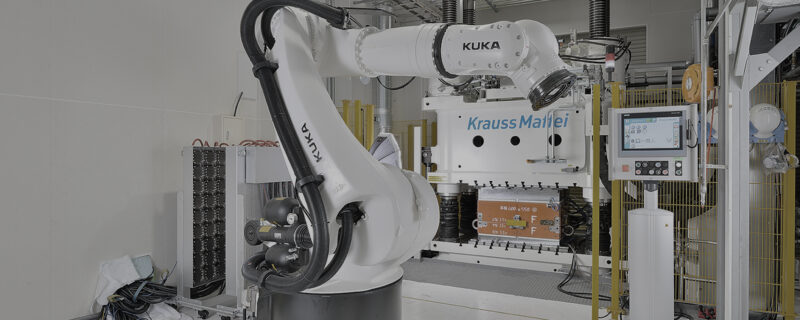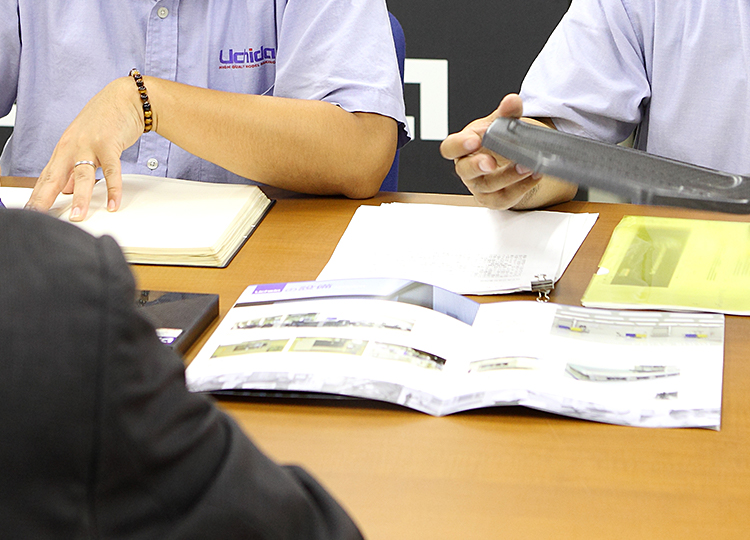Introduction
Resin molding is a generic term for a processing technology that molds plastic materials by heating and pressurizing them. Various molding methods exist depending on the application and product characteristics. In this column, we will explain the typical types of resin molding.
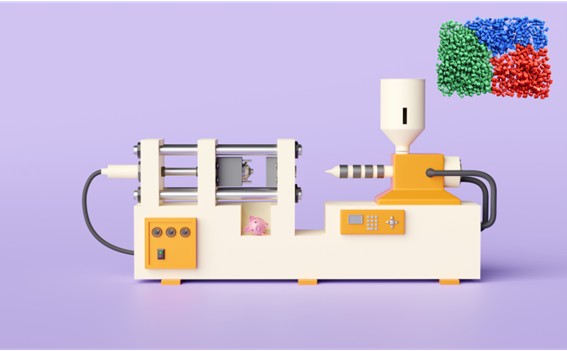
Injection Molding
The most common molding method, this technology involves pouring melted resin into a mold and cooling it to solidify it.
Characteristics: High precision, suitable for mass production, capable of reproducing complex shapes
Applications: automotive parts, electronics, daily necessities, medical equipment
Extrusion Molding
A method in which heated and melted resin is continuously extruded from a mold to create a certain shape. Characteristics: Suitable for long products.
Characteristics: Suitable for long products, continuous production is possible
Applications: Pipe, film, sheet, wire coating
Blow Molding
Blow molding is a molding technique in which air is blown into heated resin tubes to expand them.
Features: can form hollow structures, suitable for mass production
Applications: PET bottles, fuel tanks, cosmetic containers
Vacuum Forming (Vacuum Forming)
This method forms sheet resin by heating it and vacuuming it while pressing it into a mold.
Features: low cost, suitable for large parts
Applications: food containers, automotive interior panels, display parts
Compression Molding
This method molds resin while heating and pressurizing it in the mold.
Characteristics: High strength molding possible, suitable for thermosetting resins
Applications: aerospace parts, electrical insulation parts, industrial parts
Transfer Molding
This is a molding method in which heated resin is poured into a mold under pressure.
Characteristics: Suitable for complex shapes, precision parts
Applications: Electronic parts, semiconductor encapsulation materials, medical devices
3D Print Molding (Additive Manufacturing)
This is a new technology for three-dimensional modeling by layering resins.
Characteristics: Suitable for prototyping, high degree of freedom in design, small volume production
Applications: Prototypes, custom parts, medical implants
Fiber Reinforced Plastic (FRP)
Highly functional material made by adding carbon fiber or glass fiber to resin to increase strength and rigidity Fiber-reinforced plastic (FRP) is a high-performance material in which carbon and glass fibers are added to resin to improve strength and rigidity.
Characteristics: Lightweight, high strength, high durability, high design flexibility
Applications: Aerospace parts, automotive, sporting goods, infrastructure structural materials

Summary
There are many different types of resin molding, each with different characteristics. It is important to select the molding method best suited to the product application and desired characteristics. New molding methods are being developed as technology evolves, and future developments are expected.
Related useful contents
You can explore related content by clicking on a topic of interest.
ABOUT UCHIDA - 55 years since our founding
We leverage a wealth of technical expertise as a CFRP molding and processing manufacturer using FRP, GFRP, and CFRP materials. We offer a one-stop solution, encompassing design, analysis, manufacturing, secondary processing, assembly, painting, quality assurance, and testing.
UCHIDA's equipment
We have cutting-edge equipment to ensure that we can address even the most advanced challenges of our customers.
Video Library
In the following video, we provide a detailed overview of our manufacturing process. Please feel free to watch and learn more.


